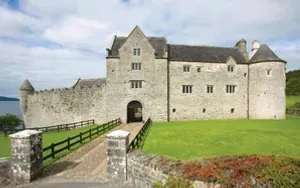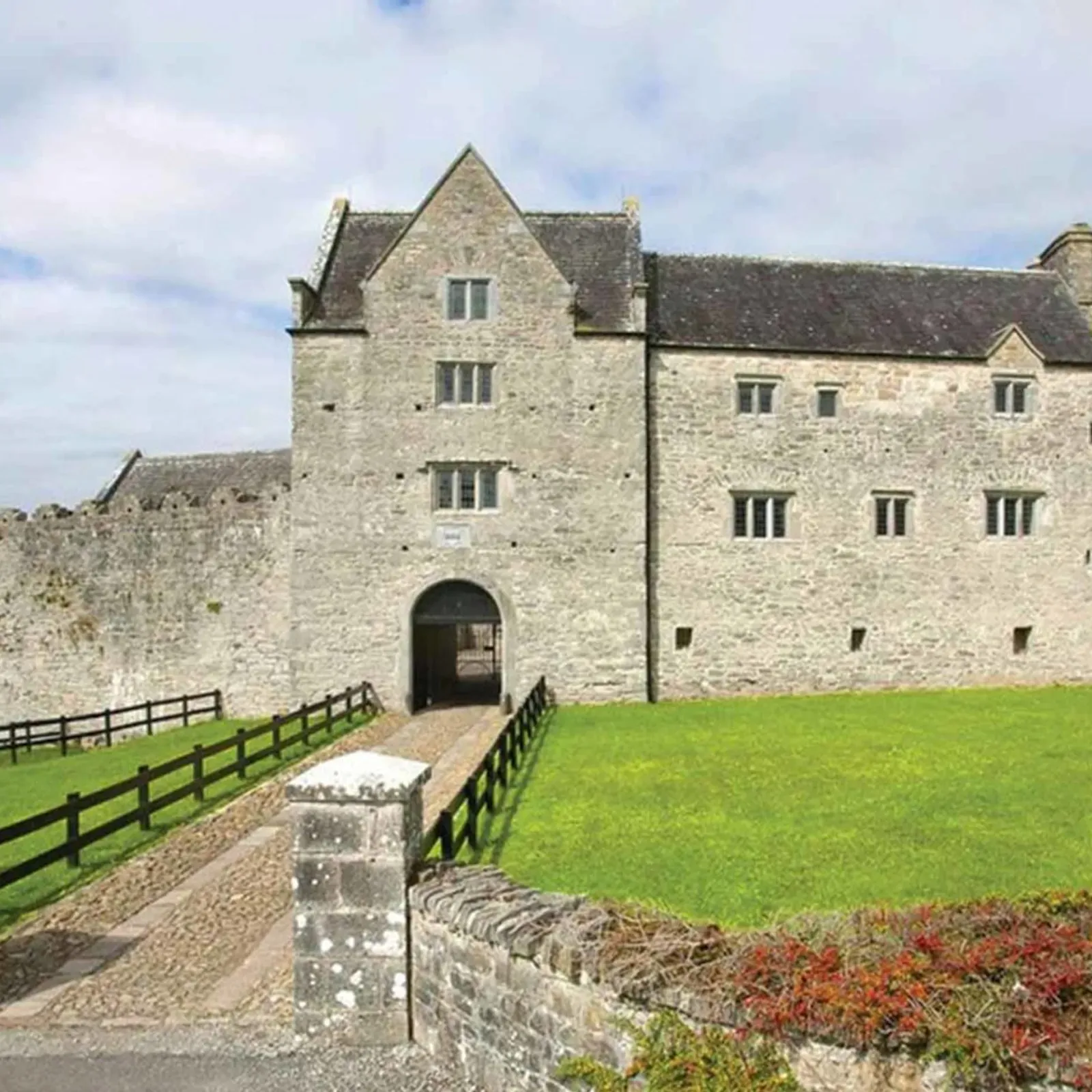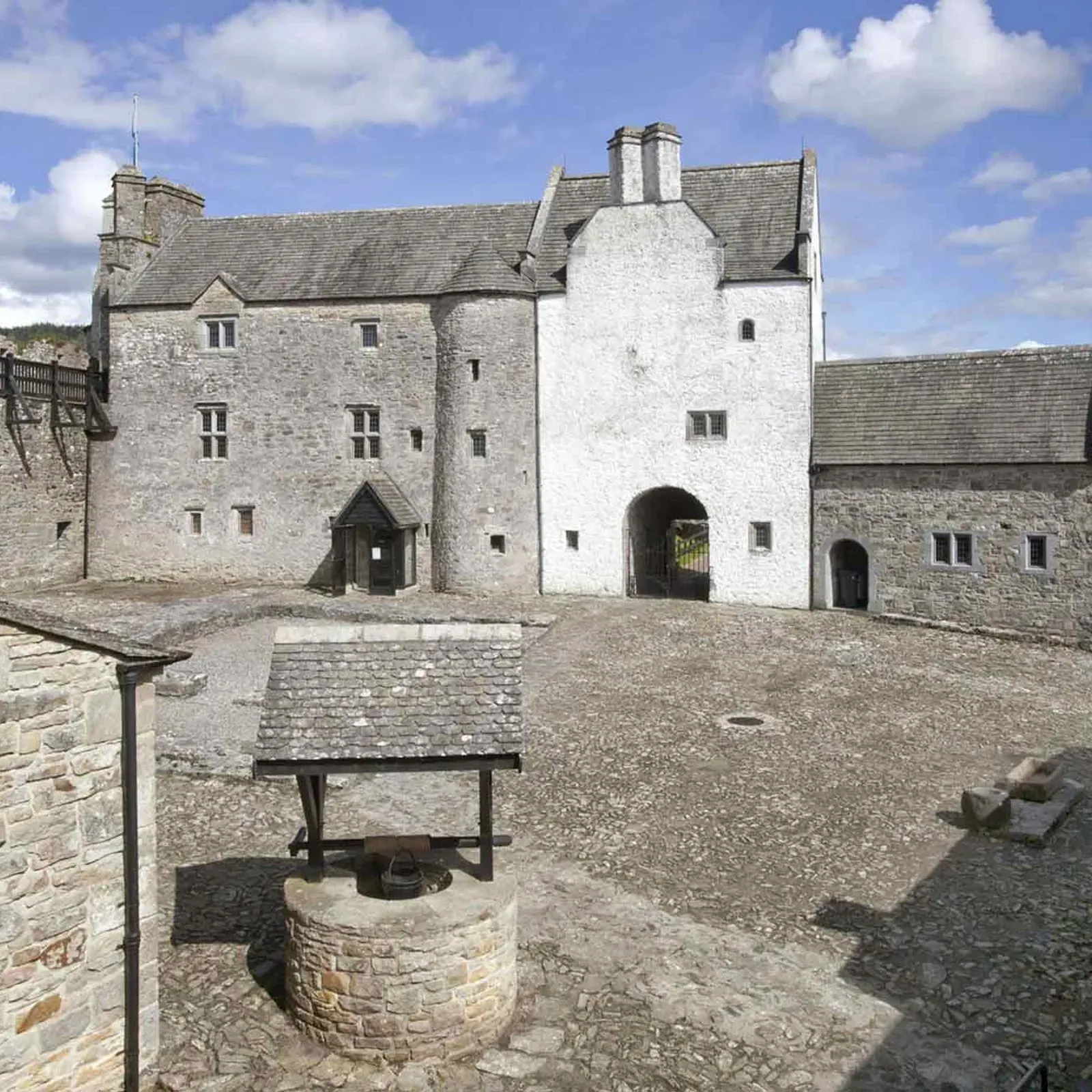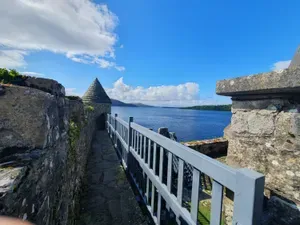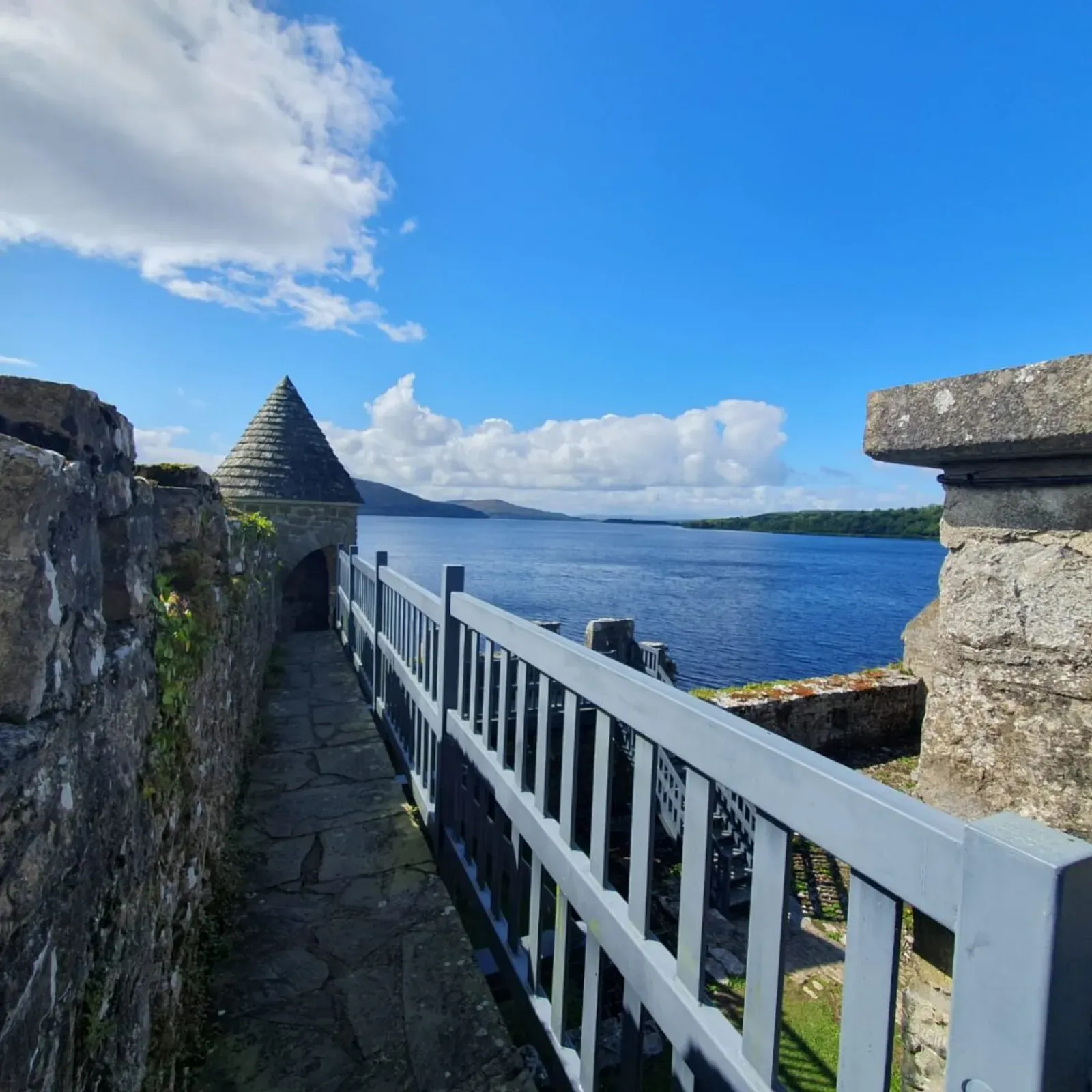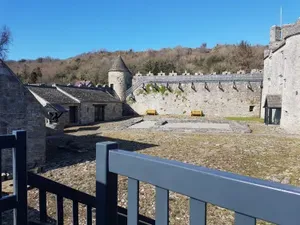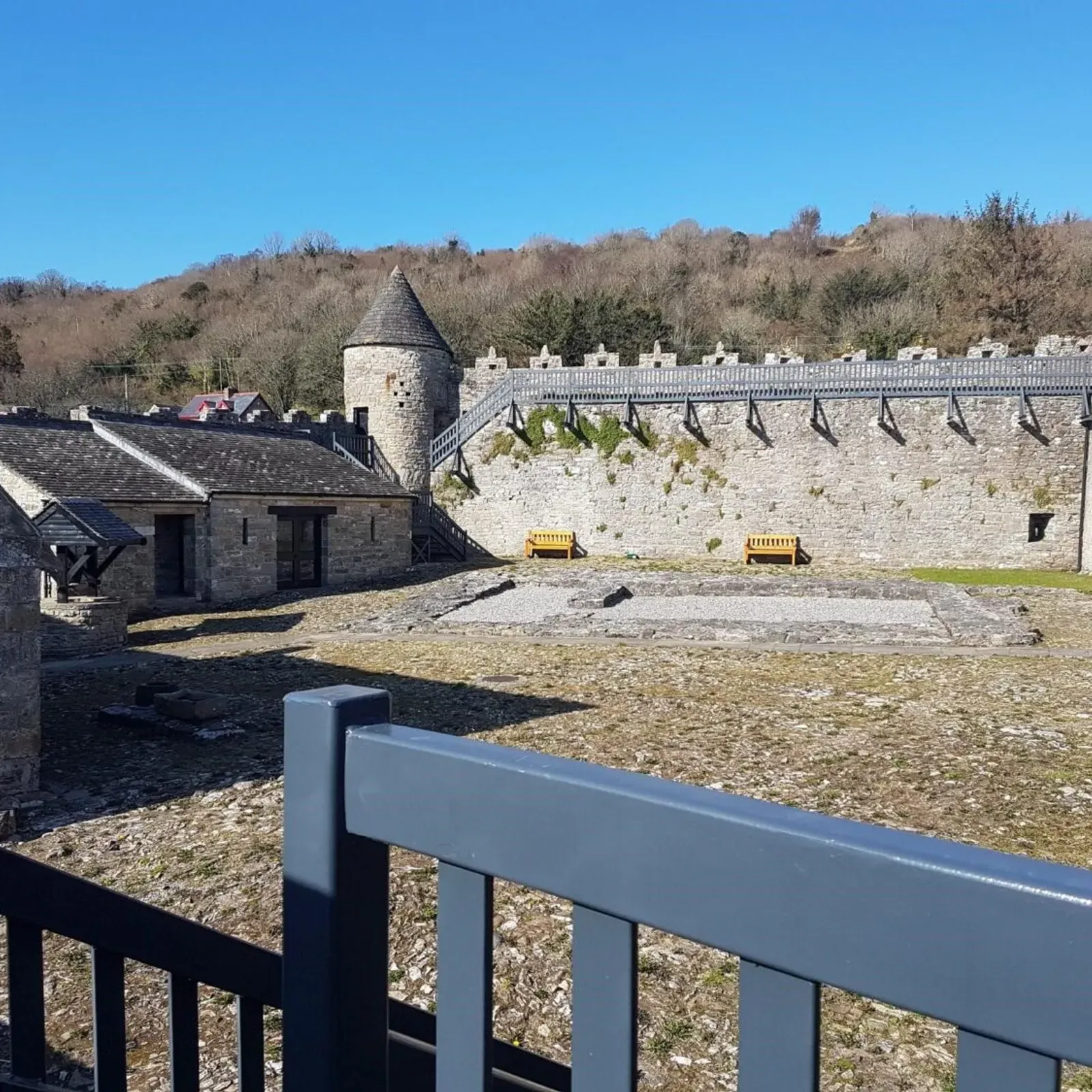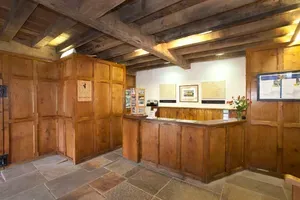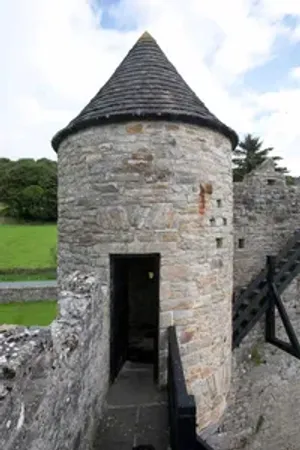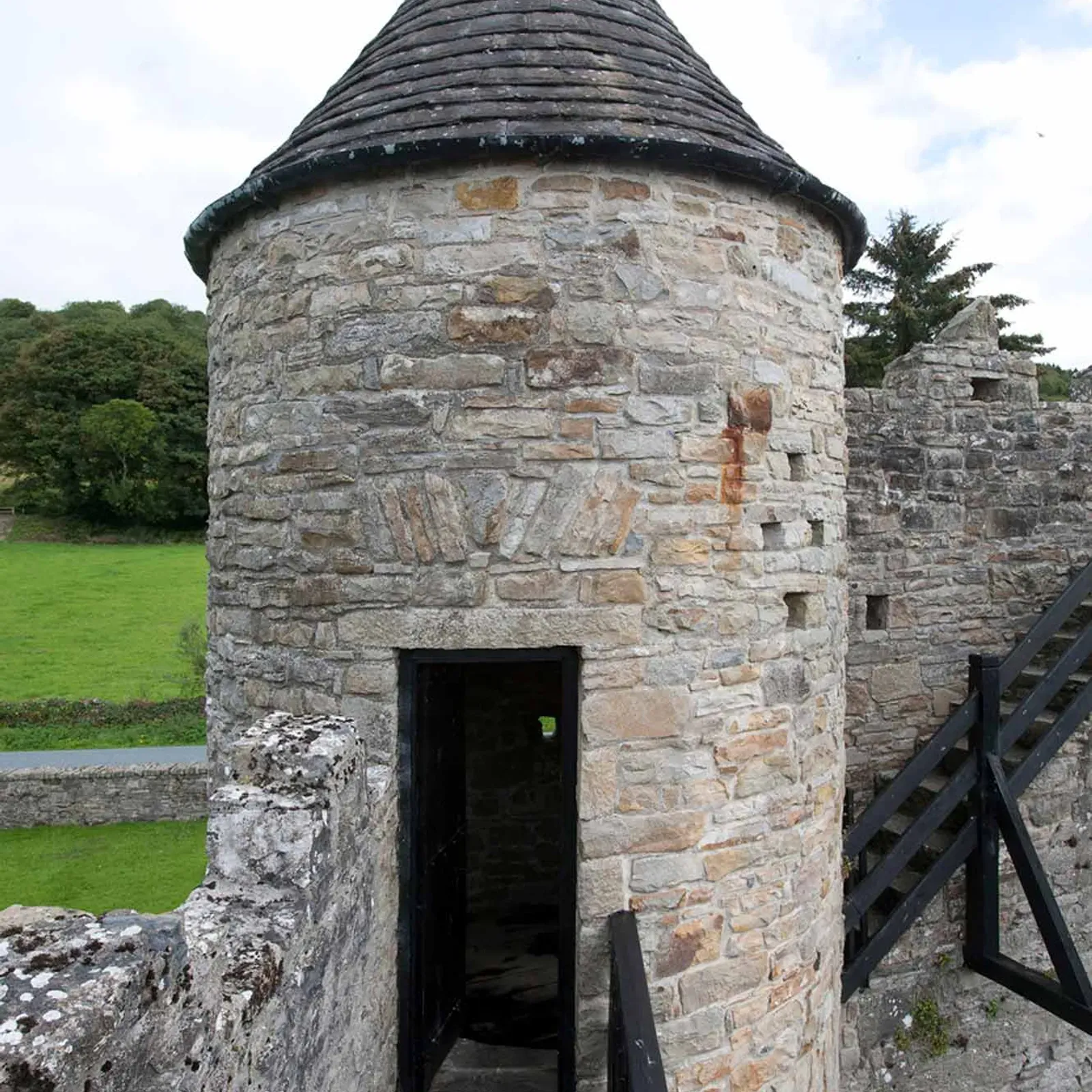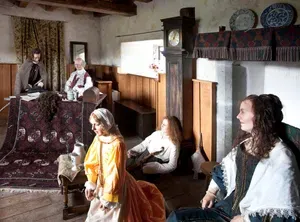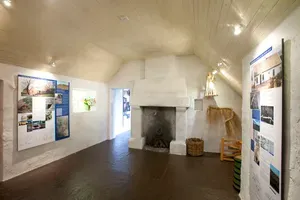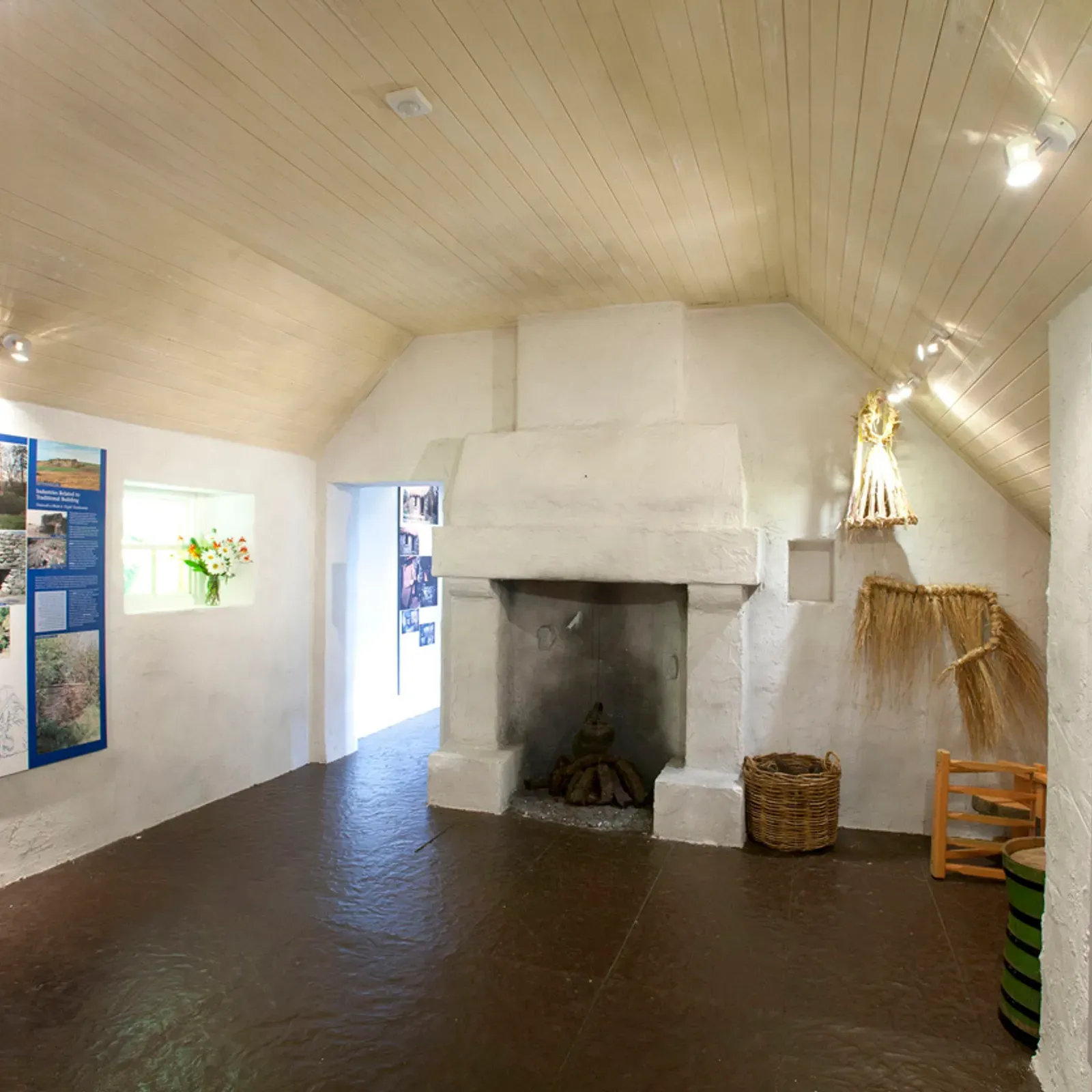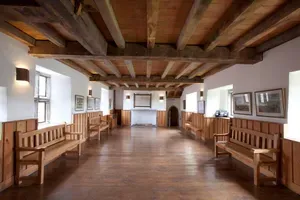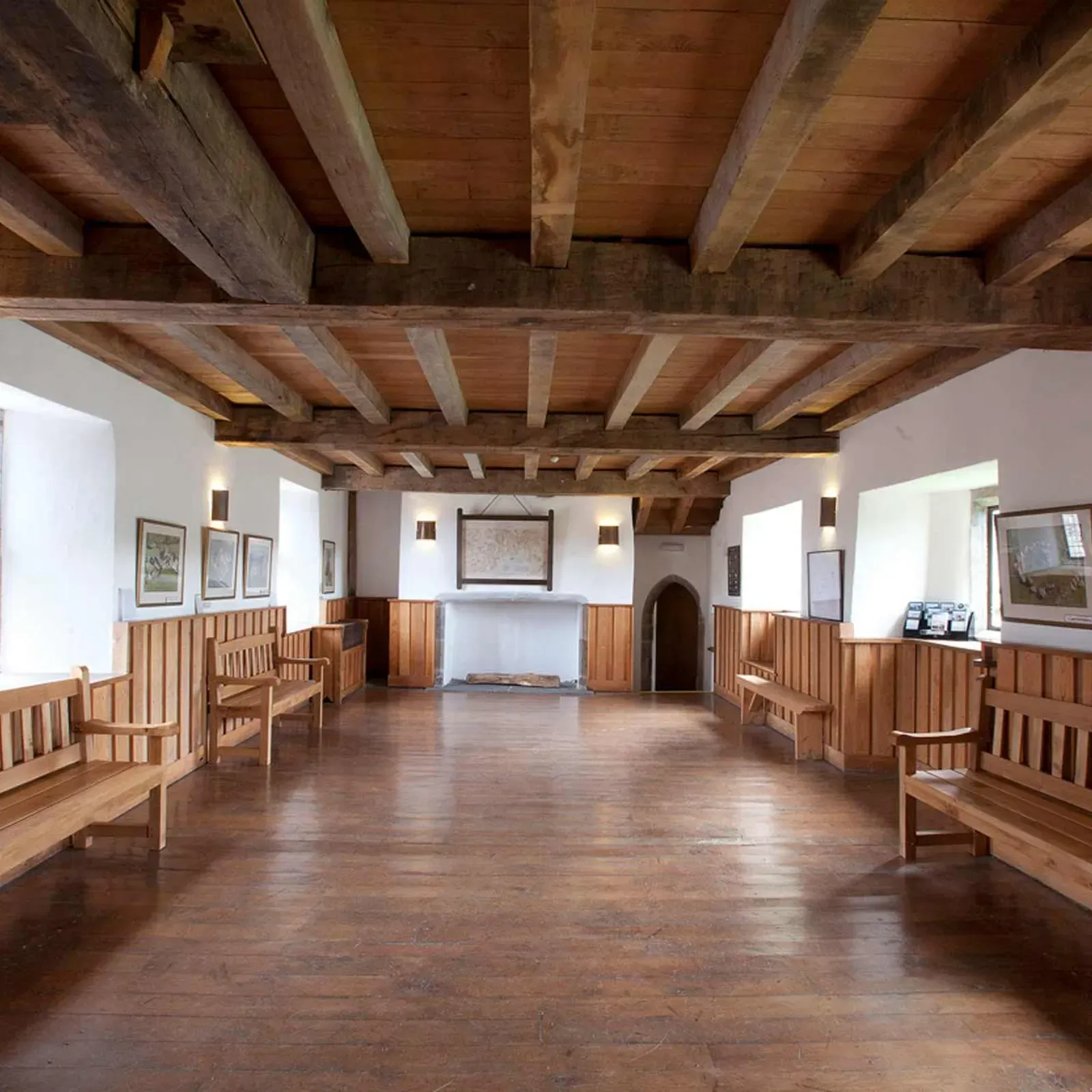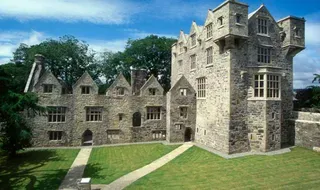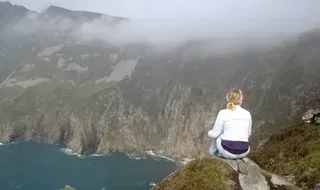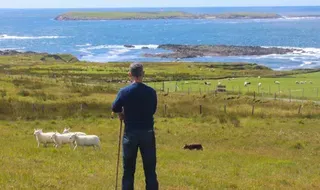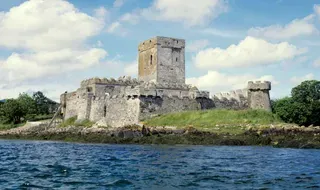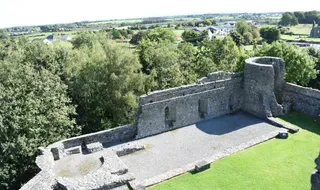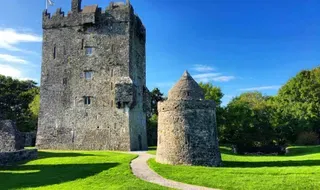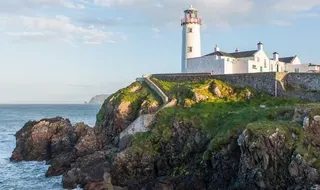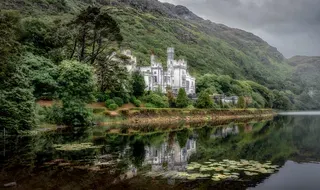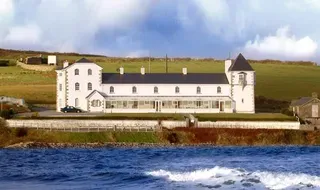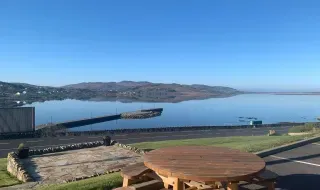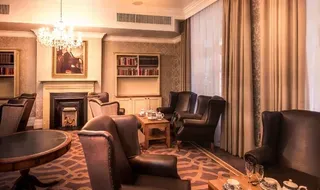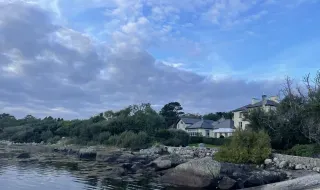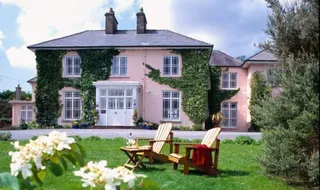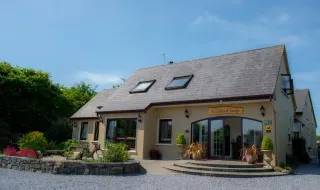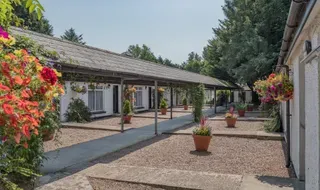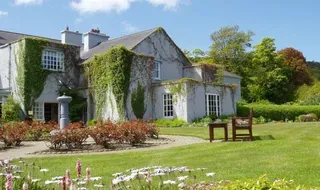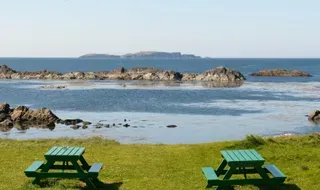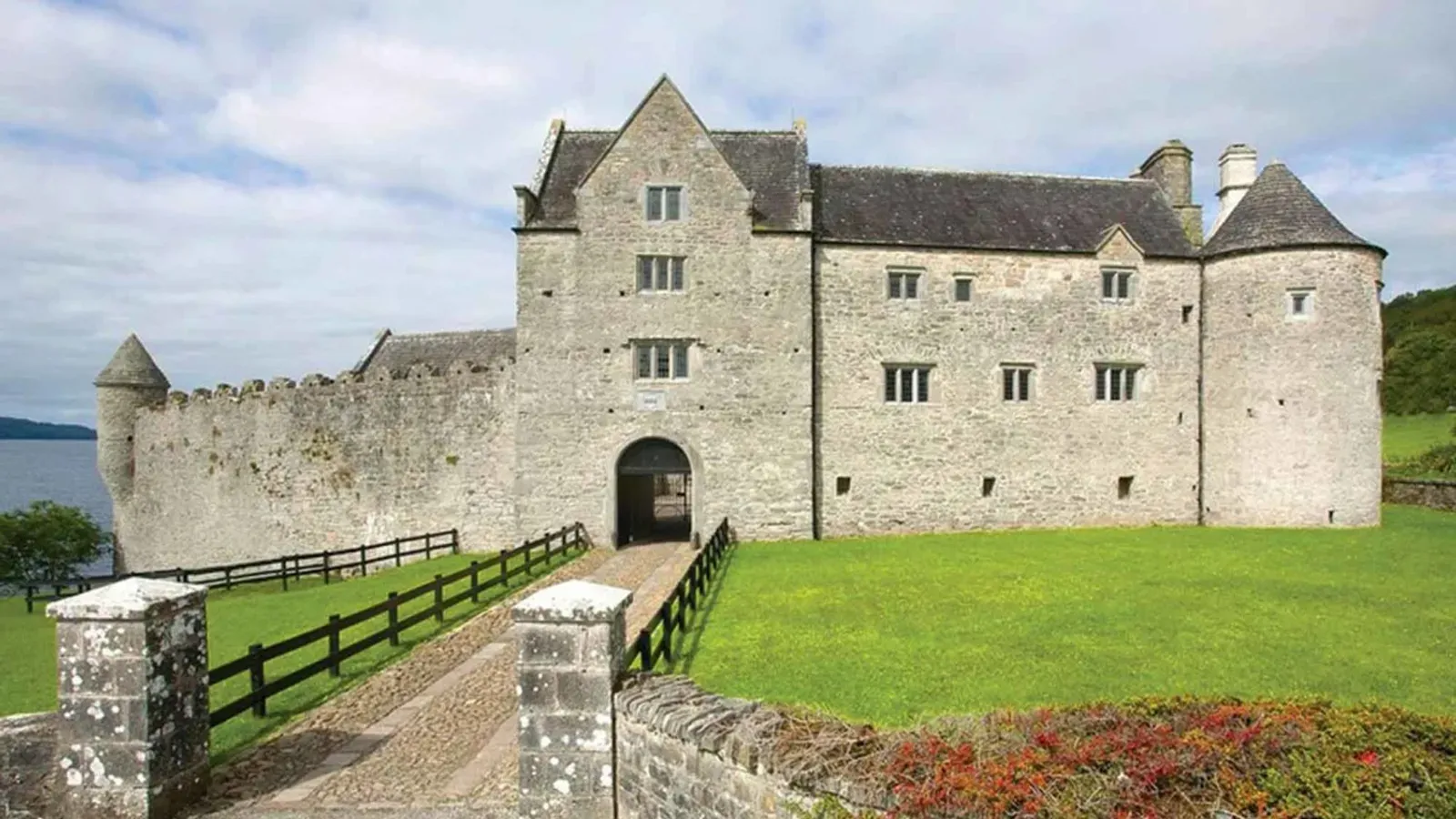
From Gaelic Stronghold to English Manor
Parke’s Castle began its life as a 16th-century tower house, originally home to the O'Rourkes, one of the most powerful Gaelic chieftains of the region. It was a time of fierce independence and frequent battles, and the original stronghold stood as a symbol of native rule.
The story takes a turn in the early 1600s, during the plantation era, when Captain Robert Parke took over the site. He demolished most of the O'Rourke structure and built a more comfortable fortified manor house. This newer version, which you can walk through today, merges defensive features with the elegance of a Tudor estate.
Interestingly, much of the restoration work done in the 20th century used traditional materials and skills—like oak roof timbers hand-worked with wooden pegs—so the castle today feels authentic and true to its origins.
Explore the Castle and Its Setting
The moment you enter, you're greeted by cobbled courtyards, stout towers, and rooms filled with exhibitions about daily life in the 17th century. You’ll find displays detailing everything from farming and weaponry to local crafts and stories of the families who lived here.
Make time to climb the tower and enjoy the view out over Lough Gill—it’s not hard to see why this area inspired W.B. Yeats' poem "The Lake Isle of Innisfree." In fact, Innisfree itself is just a boat ride away.
There’s also a lovely herb garden based on traditional designs, and if you time your visit right, you might catch a live demonstration of blacksmithing or traditional woodworking.
Practical Tips for Travelers
Parke’s Castle is just a 10-minute drive from Sligo town, and it’s well signposted. It’s best to visit during the warmer months, as it operates seasonally. Guided tours are offered, but you’re also free to explore at your own pace.
Comfortable shoes are a good idea—the floors and grounds are uneven in spots, keeping with the building’s historical character.
For a perfect day out, pair your visit with a lakeside picnic or a boat tour of Lough Gill. Bring a copy of Yeats’ poetry, and see if you can spot the island that stirred his imagination more than a century ago.
